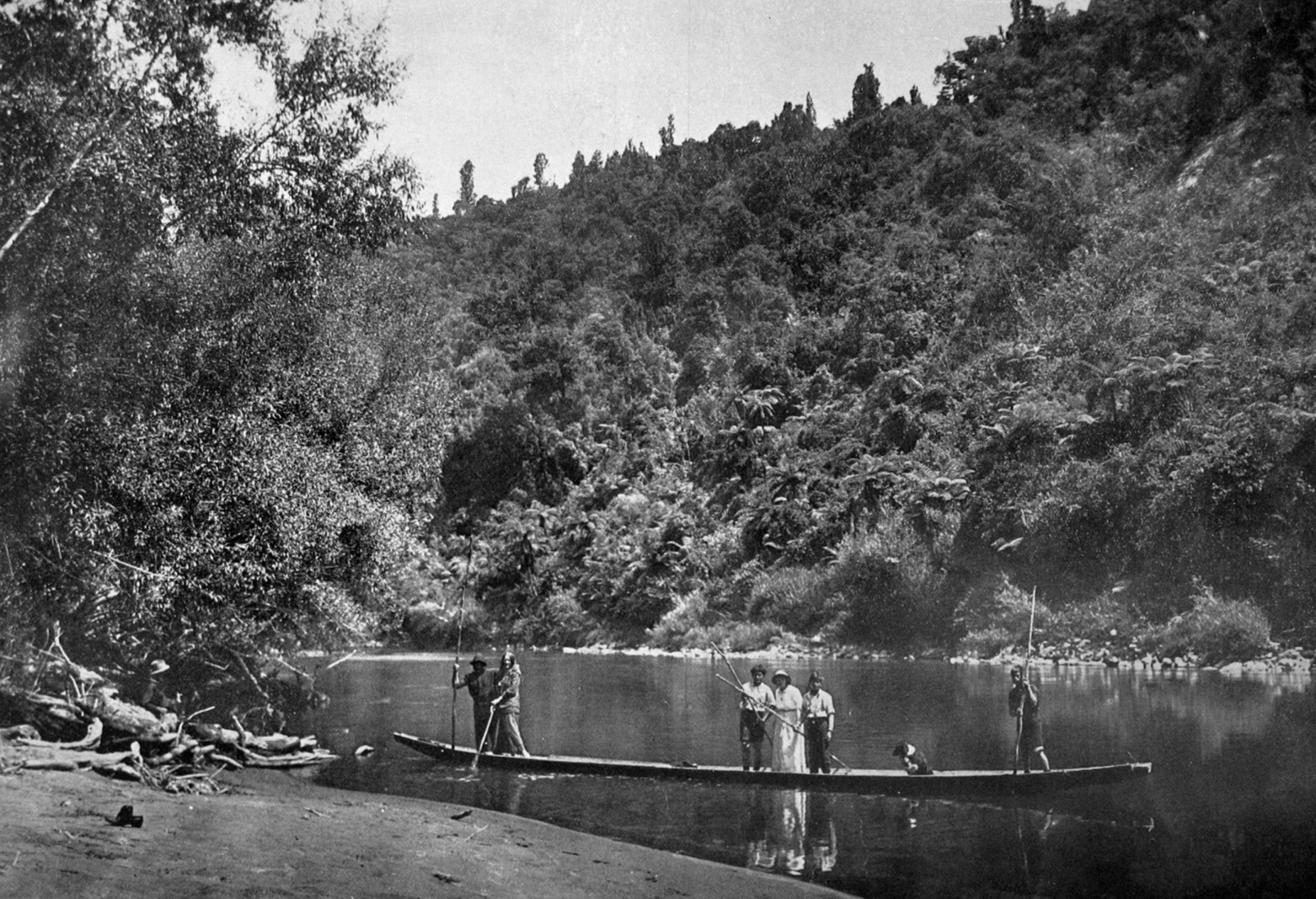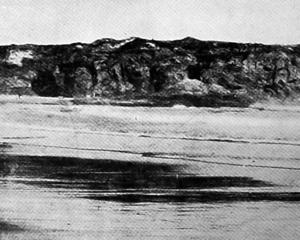
It was, he said, one of the most enjoyable trips he had ever undertaken, and he was charmed with the glorious scenery. He stressed the necessity for the conservation of the bush on the watershed and most certainly the forest on the banks of the river, which should be viewed as a great national asset. The preservation of the bush would mean the preservation of the river for navigable purposes.

He cited the case of the Hudson River (in New York State), where the value of the river was seriously interfered with by the cutting of the forests at the headwaters. So great had become the danger that the state had to step in to prevent the absolute denudation of the bush and to take in hand a policy of reafforestation. "One thing I find about New Zealanders is that you are too modest,” remarked Mr Wilber, who went on to say that because of this modesty Wanganui was not getting full use out of the river. That remark should in fact be applied to the whole of the county’s scenic beauties. The attractions and resorts of the country should be widely advertised in America. They know little or nothing about this country, and he was quite certain that a widespread and judicious advertising campaign in the States would result in an influx of American visitors here.
Dam golden opportunity
The gold dredging industry in Otago has for some time been at a low ebb, but there are prospects of a revival being brought about by an extensive scheme which was reported in our issue of Friday last as being seriously considered and which is regarded by its promoters as being sure of success. The project is the recovery of gold that is said to be still existent in the rocky bottom of the Kawarau River. Some say that there is even a possibility of a boom like that of the early '60s, and that once again seekers of fortune from near and far will be attracted to Otago by the lure of the precious yellow metal. The scheme for recovering the gold provides for the damming of the Kawarau right at the falls, where it takes its rise from the outflow of Lake Wakatipu at Frankton. A huge concrete dam will be built, and the turbulent waters of the stream, which are confined to a narrow, rocky bed, will be shut off for approximately 80 days in the year, when the gold-seekers will set to work.
Shrub spud’s cousin
A native plant that is in bloom now, and should continue in bloom until the autumn is worth close attention on account of a peculiarity in the colours of its flowers. It belongs to the family of the nightshades. Its Maori name, poroporo, has been corrupted by settlers, inexcusably, into "bullibull." Botanically it is Solanum aviculare. It is a leafy shrub, with leaves occasionally ten inches long. It grows in both islands. Its flowers usually are dark purple, but individual plants are found sometimes with white flowers. A comparison between the flowers of the poroporo and the flowers of the potato, Solanum tuberosum, which came originally from the Cordilleras of Peru and Chili, proves a close relationship between those plants, in spite of the fact that their native countries are far apart.
— ODT, 16.1.1923 (Compiled by Peter Dowden)












